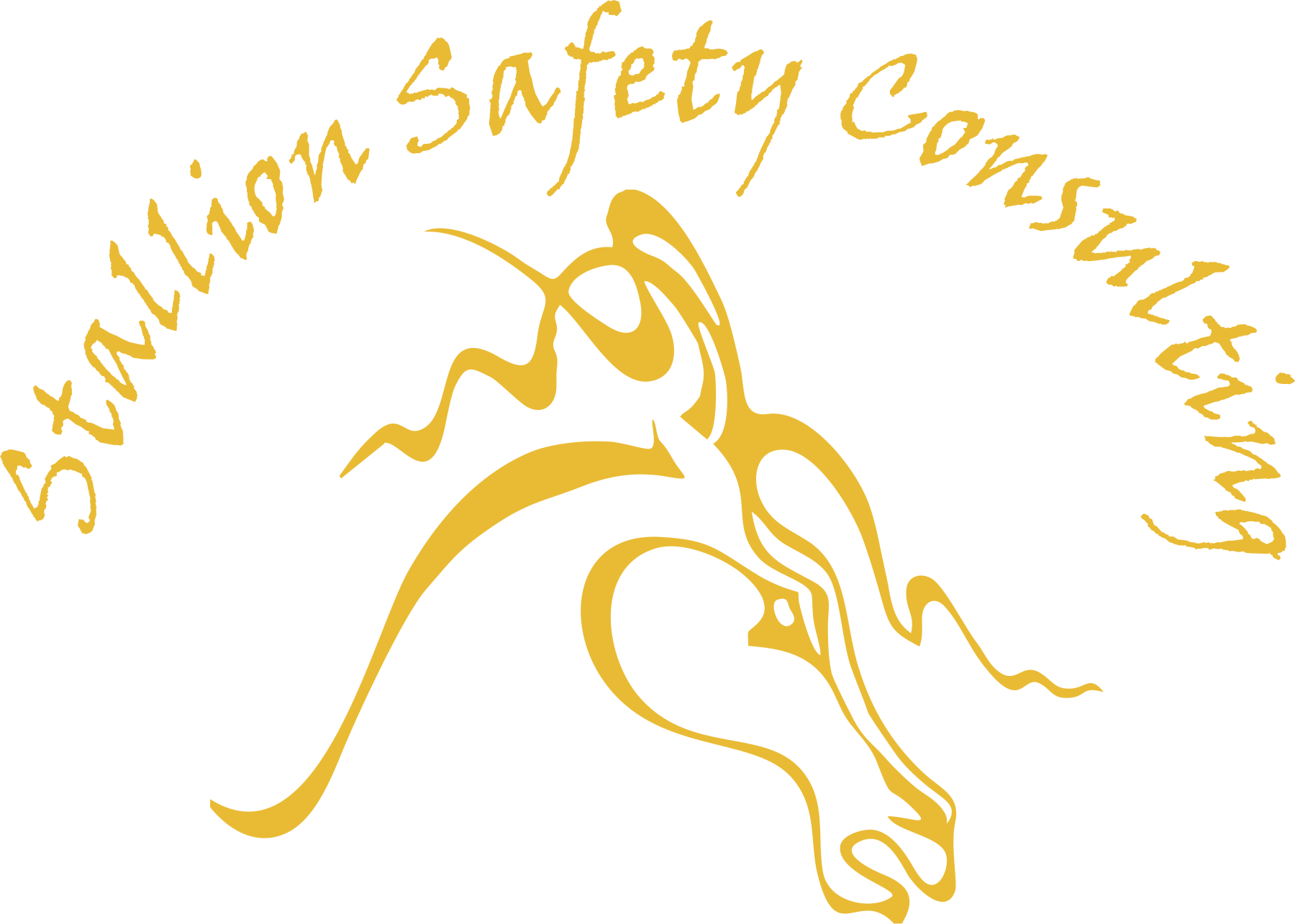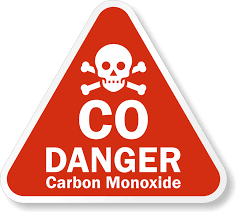Carbon monoxide is a hazard year-round, but especially in the winter. When the weather is cold, we are more likely to be working indoors in poorly ventilated areas, and we are more likely to be using fuel-burning equipment such as furnaces.
Carbon monoxide, also known as CO, is a gas which you can't see, smell or taste. It is deadly, however. If you breathe in too much of it, you can quickly lose consciousness and die.
CO is created as a by-product of burning organic fuels. When materials such as oil, gasoline, diesel fuel, wood, coal and propane are burned, they can produce the gas. If the area is not ventilated sufficiently, carbon monoxide can rise to dangerous levels very quickly.
Any time you are using an engine which burns gasoline, or a furnace which burns a fuel, make sure the equipment is working properly. Maintain vehicle engines for fuel-burning efficiency and make sure exhaust systems are in good condition. Regular maintenance of furnaces, stoves and heaters is important so they burn the fuel thoroughly. Chimneys, vents, ducts and exhaust systems must be maintained so carbon monoxide does not leak into the work area.
Maintain good ventilation in work areas so that carbon monoxide cannot build up. Air exchangers and other ventilation systems must be maintained in good working order. Don't run engines such as automobiles in poorly ventilated areas such as garages. Don't operate heaters without the required ventilation.
Carbon monoxide detectors are in use in many workplaces. Heed the warnings from these devices, and never tamper with them.
It is important to recognize the early symptoms of carbon monoxide poisoning and to act quickly.
- Headache, shortness of breath, light-headedness, confusion and a sick flu-like feeling are the first symptoms of exposure.
- Exposure to greater concentrations of CO can bring symptoms of nausea, rapid or erratic pulse, rapid breathing and possibly hallucinations.
- Continued exposure to concentrations of carbon monoxide can result in heart failure, coma, permanent brain damage and death.
If you suspect you are being exposed to carbon monoxide, move quickly to fresh air. If you suspect someone else is in trouble with carbon monoxide, get them to fresh air immediately if you can do so without endangering yourself. Call for medical help. The person should be given oxygen promptly, and CPR (CardioPulmonary Resuscitation) if required.
Be wary of carbon monoxide exposure off the job as well:- Maintain your own vehicle to prevent emissions of carbon monoxide. Keep the engine in good shape, and make sure there are no leaks in the exhaust system.
- Don't run a vehicle engine in an enclosed area such as your home garage.
- Have your home furnace, fireplace, wood-burning stove and other fuel-burning heaters serviced regularly.
- Never light a barbecue indoors because of the carbon monoxide hazard as well as the possibility of an explosion. Never try to use a barbecue as an indoor heating device during a power outage.
- Install and maintain carbon monoxide detectors in your home.


 CAD
CAD USD
USD